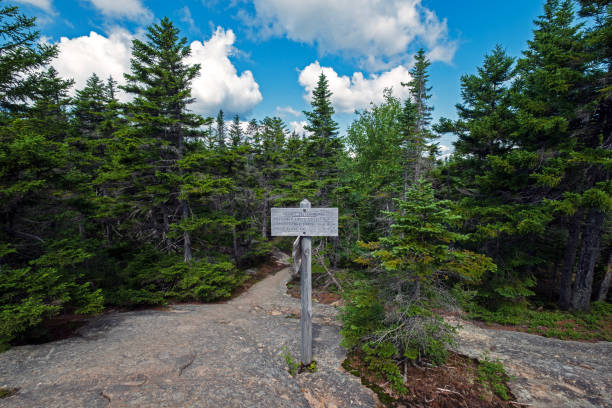Home

Winter Wonderland Warriors: The Art and Importance of Layering in Winter Hiking
- Details
- Written by: Rene Gade Rider
- Category: Blog
- Hits: 1506
Embarking on a winter hike is like stepping into a pristine wonderland, but with the enchanting beauty comes the biting chill. Successfully navigating the frosty trails requires more than just a warm coat. In this blog post, we'll unravel the importance of layering – the key to staying warm, comfortable, and adaptable during your winter hiking adventures.
1. The Power of Layers:
Winter temperatures can fluctuate dramatically, making layering a strategic and effective way to manage your body heat. Each layer serves a specific purpose, working together to create a thermal barrier against the cold.
2. Base Layer: Wicking Away the Chill:
Start with a moisture-wicking base layer. This snug-fitting, close-to-the-skin garment draws sweat away from your body, preventing the chilling effect of damp clothing. Look for materials like merino wool or synthetic fabrics designed to keep you dry.
3. Insulating Layer: Trapping the Warmth:
The insulating layer is the heart of your winter ensemble. This middle layer traps and retains body heat, providing essential warmth. Options include fleece jackets, down or synthetic puffer vests, or insulating sweaters. The goal is to create an insulating pocket of warmth close to your body.
4. Outer Layer: Shielding Against the Elements:
The outer layer acts as your shield against wind, rain, and snow. Choose a waterproof and windproof jacket that also allows moisture to escape, preventing you from getting wet from both the outside and within. This layer is your first line of defense against the harsh winter elements.
5. Adjustable Comfort:
The beauty of layering lies in its adaptability. As your body temperature fluctuates during different stages of your hike, you can easily adjust by adding or removing layers. This adaptability ensures that you stay comfortable and avoid overheating or chilling down.
6. Extremities Matter:
Don't forget to layer your extremities. Insulated gloves, moisture-wicking socks, and a hat or beanie play vital roles in maintaining overall body warmth. Heat often escapes through these areas, so pay special attention to keep your hands, feet, and head well-insulated.
Merino Wool Hiking Socks Lightweight Liner Gloves
7. Consideration for Activity Level:
Your activity level also influences how you layer. If you're breaking a sweat during a steep ascent, you might need to shed a layer to prevent overheating. Conversely, when taking a break or reaching a summit where winds are stronger, adding layers can provide additional warmth.
8. Plan for Unpredictability:
Winter weather can be unpredictable. Even on a clear day, conditions can change rapidly. Having the flexibility to add or remove layers ensures you're prepared for whatever surprises Mother Nature may have in store.
Conclusion:
In the winter wonderland of hiking trails, the importance of layering cannot be overstated. It's not just about staying warm; it's about staying comfortable, adaptable, and ready for whatever the frosty landscape may throw your way. So, embrace the art of layering, gear up accordingly, and let the beauty of winter unfold around you as you conquer the trails with warmth and resilience. Happy hiking!

